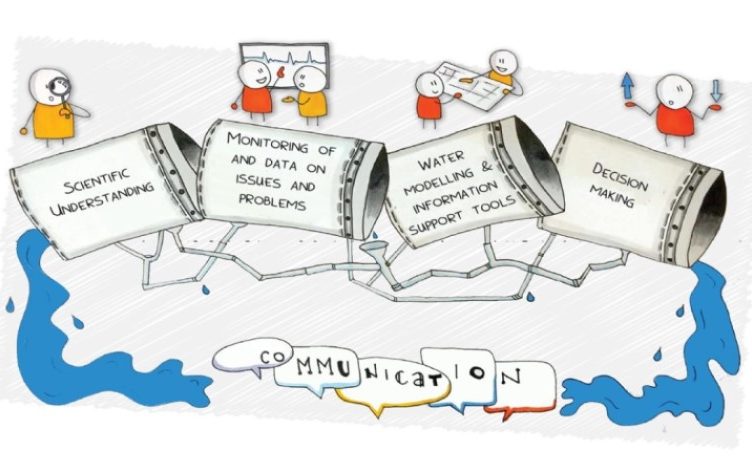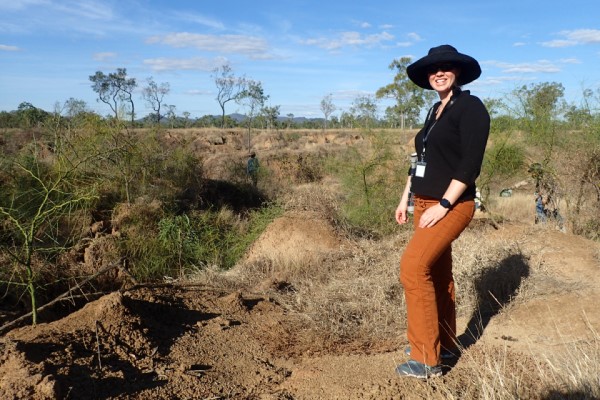
05/12/2024
Event Summary: Overview of water quality modelling projects from the Queensland Water Modelling Network with Callym Dunleavy
Read more
A new model for gully erosion has been launched to help guide interventions and improve water quality on the Great Barrier Reef. The MERGE (Modelling Erosion Resistance for Gully Erosion) model represents the physical processes of erosion, providing a tool to explore different on-site interventions to understand their potential benefit in preventing erosion and reducing the delivery of sediment and erosion to the Great Barrier Reef.
MERGE was developed in response to the feedback in the Prosser Review, that called for new process-based models to support interventions of gully erosion. This new modelling approach looks at erosion on a local scale, in contrast to the catchment-focus of the SedNet gully erosion model. This local focus makes the model suited to testing different gully remediation options computationally, identifying the expected benefit of different remediation approaches at different locations. Gully remediation refers to deliberate actions undertaken to slow and even stop gully erosion. Remediation options can include tree planting, reducing cattle stocking rates, installing loosely woven dams to slow the water flow, and even re-shaping the land.

One of the key features of the model is the “erosion resistance” term of the soil. This term represents how much power is required to break the inherent cohesion of the soil. Soils with a low erosion resistance are easy to erode, while soils with a high resistance are much harder to erode. Factors that affect the erosion resistance include the soil type as well as any vegetation protecting the soil from the actions of the water.
Important next steps are developing methods to relate measured soil properties, such as the R1 and R2 metrics, to the value for the erosion resistance, and to test the model against data collected at monitored gully sites.
This project is funded by the Queensland Government through the Queensland Water Modelling Network. You can read more about the QWMN Research Fellowship at https://science.des.qld.gov.au/government/science-division/water-modelling-network/projects
WHERE CAN I READ MORE?
You can find research article in Soil Research, which can be obtained from https://doi.org/10.1071/SR20027 or by contacting the author at [email protected].
Roberts M. E. (2020) MERGE: modelling erosion resistance for gully erosion – a process-based model of erosion from an idealised linear gully. Soil Research, https://doi.org/10.1071/SR20027
Author’s Twitter – https://twitter.com/MelanieEmmajade
ARI Twitter – https://twitter.com/GriffithARI